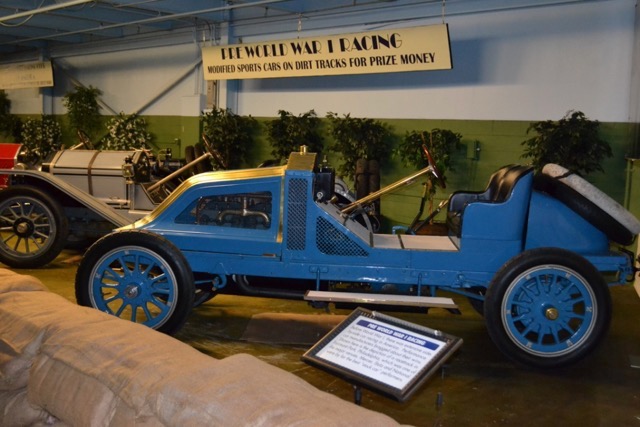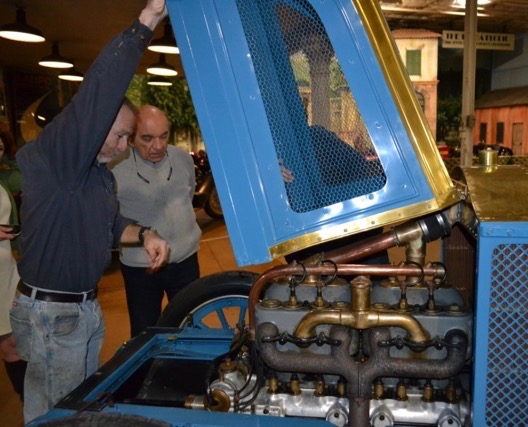
The Simeone Museum has received what it is calling a “landmark gift,” an iconic 1907 Renault Racing Roadster given to the museum by its owner for the past nine decades.
“The story of this wonderful gift requires a bit of explanation, which we proudly reiterate,” the museum said in its news release.
Serious automobile road racing started in France with major races throughout the country, usually covering long distances, such as the 1905 Paris-Madrid. The first race to be called a Grand Prix was held in the Sarthe just outside of Le Mans.

That race, won by a fiercely powerful Renault, attracted international attention, including that of American millionaire William K. Vanderbilt, who wanted to launch racing in the United States and implored Renault to sell a car like the one that won the grand prize.
Considering the expenses of producing even a slightly scaled-down version, Renault insisted that 10 cars be made and it was up to Vanderbilt to find buyers. This he handily did, calling on his friends, the likes of Guggenheim, Paine, Whitney, Dodge, etc.
All 10 (and possibly an 11th) found homes, and through the years they became scattered among subsequent owners, so that to this day only four and perhaps a fifth survive.
During their early racing careers, these cars had many successes, including winning one of the first 24-hour endurance races in the U.S., held at Morris Park, New York, a horse racing track. Additional successes at various tracks assured the lasting history of the cars.
Before World War II, there was little interest in collecting antique cars, and even less interest in old race cars, which often went to the junkyard when their competition use had expired; they had no practical use otherwise.

However, the car recently given to the Simeone was saved because it was used to carry a large wet canvas around a dusty dirt horse racing track prior to a race, a convenient if not attractive pre-race event.
In the 1920s, the team of George Waterman and Kirk Gibson began to collect old cars, including a few serious race cars. The Waterman-Gibson duo focused on pre-1910 automobiles. Gibson acquired the 1907 Renault in 1928 and it has remained with his family ever since.
In the 1930s, five stalwart enthusiasts brought their cars out on the rare occasions where there could be general interest. These cars included the famous Mercer Raceabout of Cameron Bradley, the Stutz Bearcat of automotive curator at the Smithsonian Institute Smith Hempstone Oliver, the Bruce-Brown giant Fiat racecar, the famous Vanderbilt cup winning Locomobile “Old 16” (now enshrined in the Henry Ford Museum) and Kirk Gibson 1907 Renault racing roadster. A few photographs and videos of the boys proudly demonstrating these cars together in the 1930s survive.
The car passed on from Kirk Gibson Sr. to Kirk Gibson Jr., who cherished it until he decided to make its permanent home at the Simeone in Philadelphia.





